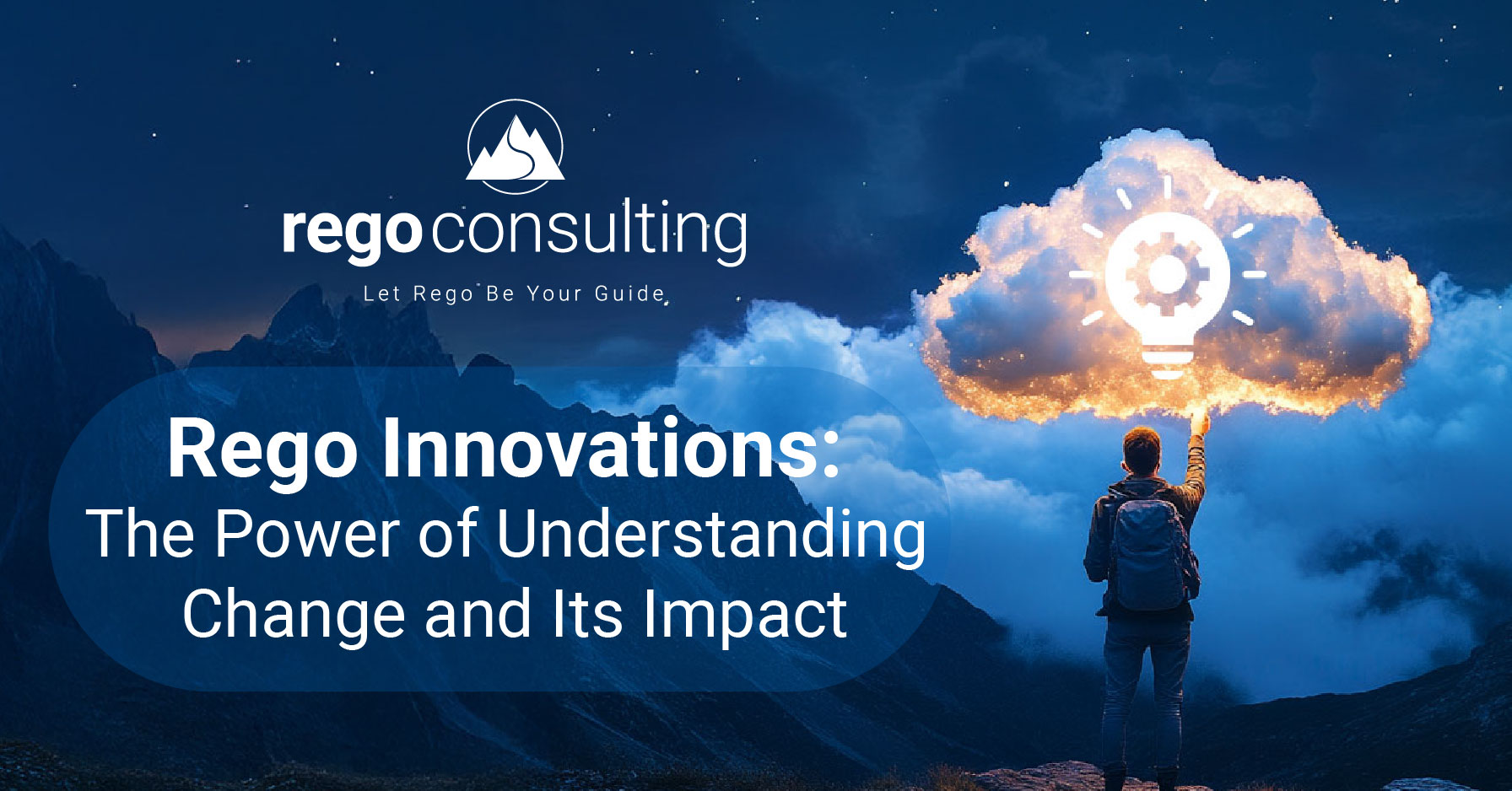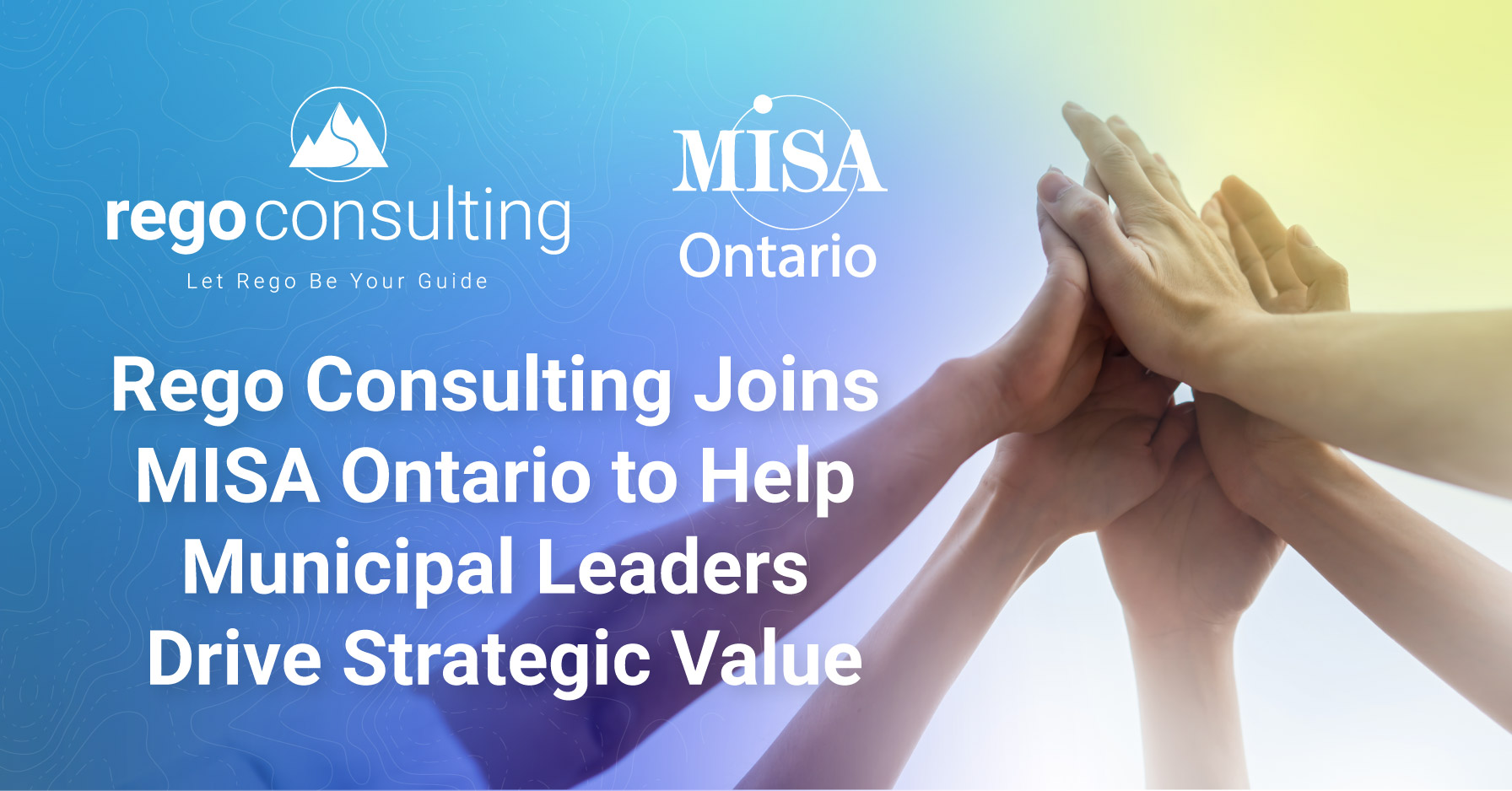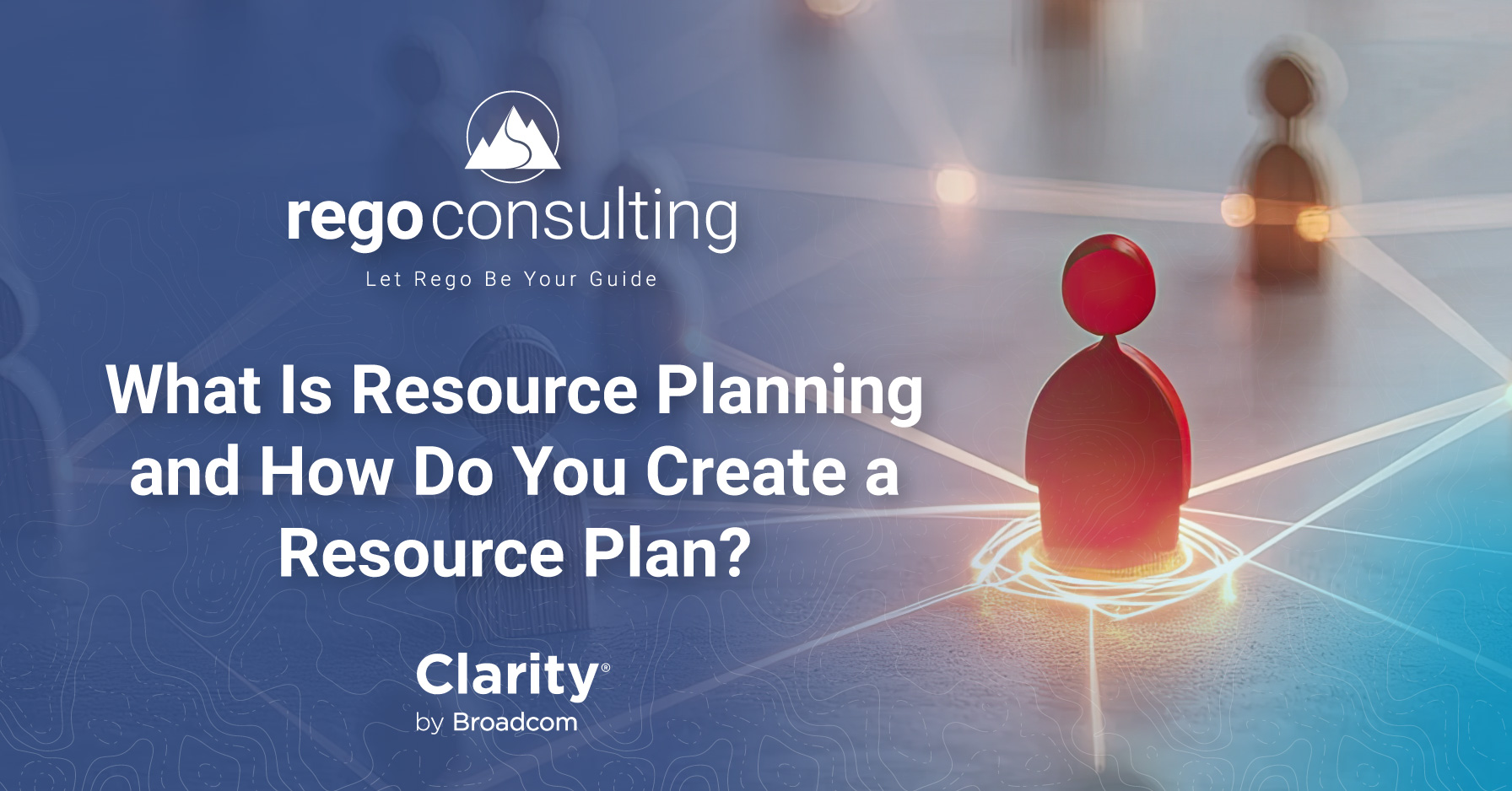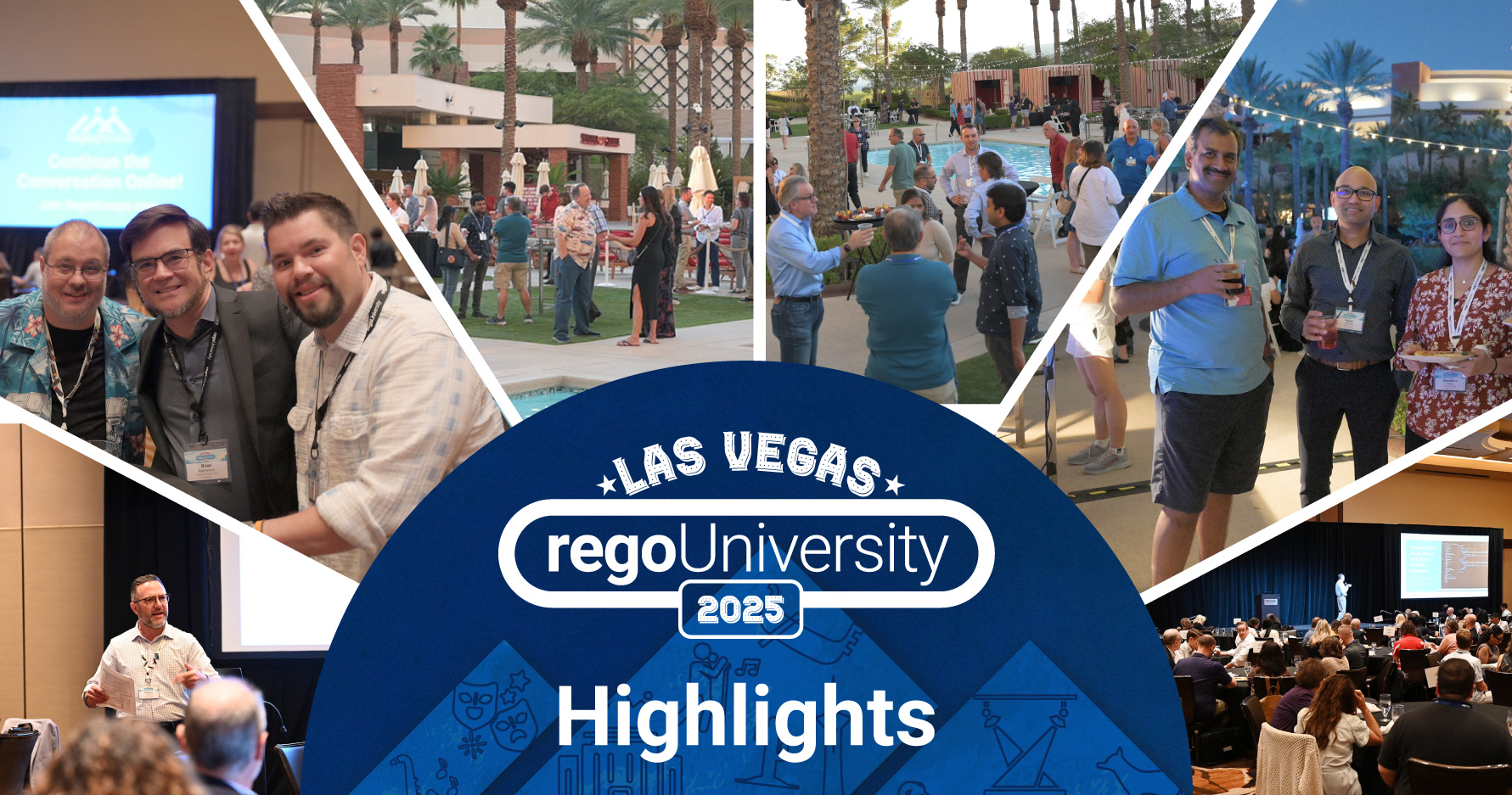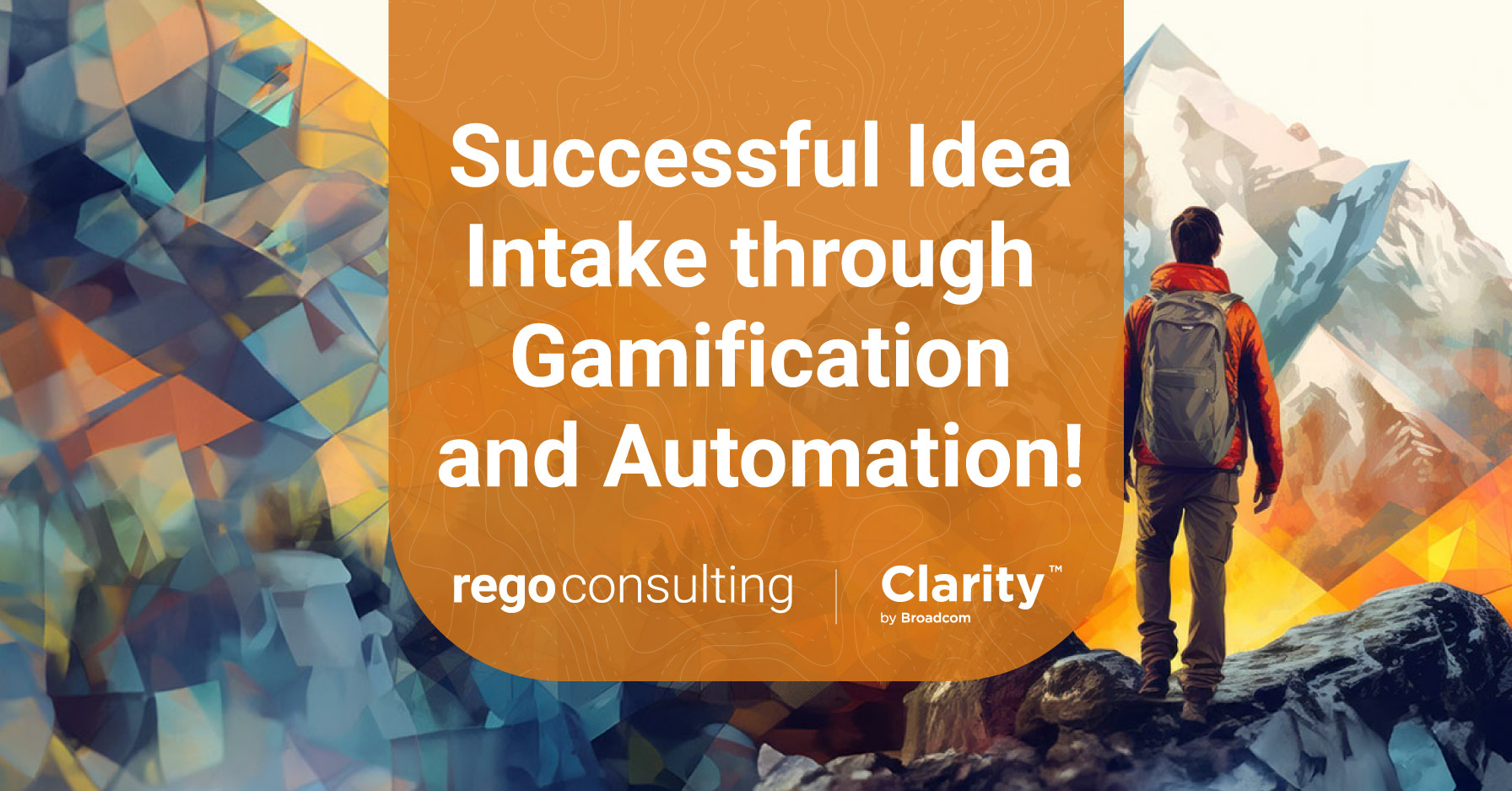
This article will illuminate methods to improve your organization’s idea intake process, which can drastically improve business outcomes!
Collaboration is essential to ideation and maturing an idea. Learn to overcome obstacles when intaking and communicating ideas in a remote environment.
Get inspired to foster creativity and digital gamification, which can increase innovation and agility by engaging your organization.
Support inclusion of staff contributions, which can deepen employee participation and satisfaction.
Gamification can refine and improve your ideas. Master gamification best practices to attain advantageous and actionable data that can be evaluated and flow into formal processing.
Utilize tools you likely already own to implement your idea intake process. Get support to set up automation processes, saving you valuable time.
Imagine yourself in your favorite coffee shop with a colleague.
You have discussed some challenging aspects of your workplace, and now you are both free-thinking… sharing possible improvements and creative new ideas. Often laughing with your colleague, you both feel free to bounce ideas back and forth. As you interact, the best ideas expand and solidify. Energized about contributing these ideas, you are optimistic that they can improve your workplace experience!
Hopefully, you’ve experienced this collaborative energy, whether in a coffee shop or a brainstorming session.
But – How can we maintain the momentum of this creativity and collaboration throughout idea intake? Especially when working remotely!
And – How do we capture and evaluate these ideas, so they can become a viable investment aligned with your company goals and value stream?
Creative Ideas Flatline in Virtual Silence
Too often, it is difficult to muster and maintain the collaborative energy of idea intake when people are working remotely. Why? When sharing via video or in writing, everything can feel more concrete and final. Self-consciousness sharpens fear of judgment, making people more guarded and hesitant to participate. This slows communication, stifles the creative environment, and diminishes collaborative energy, which leads to dwindling creativity.
Administrative Nightmare
Imagine you are tasked with innovation management across your organization. You are expected to inspire momentum across your organization, collect all ideas, and evaluate everyone at your organization’s (possibly-great-but-maybe-not-so-great) ideas. Your organization has 100 people, all working remotely. Let’s do a little math. If each of these employees wants to submit 2 ideas a month, you’ve got 2,400 potential investments a year on your hands!
Where do you even start? How can you encourage idea generation? How can you collect and retain the ideas? What about fair evaluation and communication with staff throughout? How do you prioritize ideas into viable investments? The tedious tasks of manually generating, collecting, and evaluating ideas are an enormous drain on resources.
Overcoming the Virtual Void with Collaborative Idea Intake
You see the challenges in front of you. Some people may ditch the ideation process indefinitely.
But not you.
You value the input of your staff.
You know the benefits of creativity and innovation.
To succeed, you can embrace technology to collaborate and innovate. You know that automating simple tasks can save time and optimize human innovation. Free from tedious tasks, people can engage with the creative aspects of their work.
Why is Creativity Essential?
Creativity optimizes organizational effectiveness!
Innovation: Creative thinking drives new solutions, products, and services, boosting your market edge and revenue.
Problem-solving: Creativity promotes unique approaches to challenges, enhancing problem-solving prowess.
Adaptability: Creativity fosters flexibility and swift adaptation to market changes or disruptions.
Employee Engagement: Encouraging creativity can boost employee satisfaction and engagement.
Research Shows: Creativity is an increasingly important job skill as automation takes over routine tasks.
So, let’s inject some creativity into your digital idea intake process!
Get Creative with Gamification

Gamification – The Big Picture
The goal behind gamification is to drive engagement that positively influences business results. Useful data can emerge to enhance informed decision making.
This diagram illustrates the importance of ideation in the delivery of value. Idea intake is the critical first step of the entire ideation process.

Image credit: Devoteam
Better Business Outcomes: Enjoyable ideation experiences lead to increased productivity and innovation among staff, contributing to improved organizational performance.
Data-Driven Insights: Analytics from gamified systems offer valuable information for optimizing the innovation management process and making informed decisions.
Increased Engagement: Gamified elements improve communication, making the idea intake process more enjoyable and interactive. This satisfying experience can motivate staff to continue sharing ideas.
Social Connections: Features like leaderboards and team challenges foster a sense of community and friendly competition among participants, enriching staff experience.
Autonomy: Staff are empowered to make decisions and contribute opinions to their workplace, which can enhance their confidence and satisfaction.
Cultural Transformation: Gamification encourages a culture of collaborative ideation within the organization. This can promote continuous innovation and create a positive environment for all.
Scalability: Gamified platforms can grow with your business and adapt to user needs, providing a seamless and adaptable experience for organizations of all sizes.
Would you rather…
After buying a product online:
- Type out a 5-minute survey about future product interests, and receive no incentives?
… or … - Click to select from an array of brightly colored objects representing products you may be interested in, all for the chance of winning one of the products?
Exactly.
Games are motivating.
Now, you can tap into our innate human motivating factors in a fun and inspiring way to spark, share, and collaborate on ideas!
8 Intrinsic human motivations found in gamification:

It starts with a game-centered, user-friendly platform that encourages participation and expands communication among participants.
- Engaging participants with fun activities, the platform is tailored to capture the valuable insights that you seek.
- Game elements can incorporate a variety of formats. (Keep reading to learn more!)
- You can utilize tools that you likely already own, such as Microsoft SharePoint to set up this platform.
Staff can track ideas on the platform.
- Current ideas have the potential to inspire staff.
- Staff can vote and/or comment on all ideas. Limiting the number of votes and/or comments will promote prioritization.
- Staff can use tools such as Microsoft Teams to instantly communicate with each other regarding these ideas.
- Staff can track their submitted ideas, and can have continued visibility through the evaluation and actualization process.
Ideas can come from any of your staff—at any time!
- Based on accumulated experience, Rego recommends that all staff members have equal access to submit their ideas. This enables a wide range of perspectives and conveys an equal appreciation for all staff.
- Reflect: When was the last time your idea was thoughtfully considered? How valued did you feel?
- Staff can submit ideas at any time—they don’t have to wait for an official brainstorming meeting.
Submitting ideas via gamification is fun and rewarding, which encourages continued participation.
- Remember a time when you participated in a game and experienced the satisfaction of the 8 innate human motivating factors above? Curiosity, purpose, competition, achievement, autonomy, progression, rewards, and social interaction. Feels pretty inspiring, right?
- Staff can experience all these motivating factors as they participate in gamified idea intake activities.
- A positive idea intake experience stimulates ongoing engagement.
Ideas are refined.
- You can decide how to set up your review process.
- For example, contributors can refine an idea through voting and commenting. If a limited number of votes per person is configured, staff will prioritize their votes.
- Additionally, you can set up a moderator “Game Master” or an evaluation team that can review the highest-ranked ideas.
Ideas are matured and formalized.
- Using the Product Portfolio Management (PPM) system of your choosing, approved ideas can be developed and enter the workstream.
- For example, we have used Microsoft SharePoint for idea intake, which can be integrated with Clarity. Approved ideas can become new investments in Clarity, which enables you to track, report, obtain ROI predictions, evaluate, and put the best investments into production.
Elements of the ideation process can be automated.
- Save time by automating processes!
- For example, with integrated Microsoft and Clarity, Power Automate can send notification emails to the “Game Master” or evaluation team when ideas are submitted. Also, approved ideas in SharePoint can instantly become investments in Clarity.
Tailor Gamification to Fit Your Goals
The gamification format you select should be optimized to produce the information you need.
What types of gamification elements are available, you ask? So glad you did.
Choose a Card, Any Card…
Various activities within gamification can include the following. Consider what elements best match your goals.

Image credit: EI Design
Legendary Top Players – Real Life Success Stories
Implementing creativity and gamification can pay off big! It worked wonders for these organizations. And as you observe the world around you—brimming with your new understanding of gamification and idea intake—we’re willing to bet that you begin to see it all around you!
Here are a few examples.
- Lego: Did you know publicly submitted builds can be up-voted and become official Lego sets?
- Amazon/Google Maps/Yelp: How much more do you trust a review, if it comes from a verified commentator? They earned that ranking through consistent engagement.
- Netflix/YouTube: Individuals can up-vote or down-vote content, which streamlines future content and keeps them coming back.
- Chick-Fil-A: Occasionally, customer receipts include a survey. When completed, participants receive a free sandwich for their input.
Ready, Set, Go! Launch Your Virtual Idea Intake
You can implement gamification in your organization! Let’s take this in small steps, with a crawl, walk, run approach.
Crawl:
If you’re still reading, you’ve likely completed this list!
- Appreciate the value of other’s ideas.
- Embrace creativity as essential in your workplace.
- Agree to collaborate with others to improve your workplace.
- Commit to starting an idea intake process that promotes collaboration across your organization.
Walk:
- Evaluate your idea intake process as you begin, and as results come in!
- Consider any changes or clarifications that would result in better ideas.
- Utilize gamification platform to facilitate idea maturity and prioritization.
- $ Pro Tip: You can utilize tools you likely already own, such as Microsoft SharePoint and Clarity.
- Learn more in this free on-demand webinar and demonstration: Automate the Ideation Process and Enhance Collaboration with Microsoft and Clarity
- Establish a formalized process.
- Develop an evaluation and approval process that fits your organization.
- Progress to a more formal business approach. Utilize your PPM to support the process of transitioning ideas to actionable initiatives.
- Learn more in this article: 7 Ways to Improve Your Project Intake Process.
Run:
- Automate
- Save time by utilizing automation to take care of simple tasks. Now, you can focus on launching your best ideas!
- Champion Creativity
- Support your staff and promote an innovative culture by providing creativity workshops.
- Welcome Public Input
- Be bold! Your ideation process has matured, and you are ready to expand your spectrum of contributors to include stakeholders and/or the public.
Conclusion
Idea intake is the starting point of innovation management and essential to improve demand management and business outcomes. In a remote environment, you can improve idea intake by promoting “water cooler” conversations through creativity and digital gamification. Ideas can grow and be refined into viable investments aligned with your company goals and value stream. You can use the tools you prefer! Microsoft and Clarity are two tools that integrate well and can be configured to have elements of automation. Automation saves time and resources, freeing you and your staff to focus on the creative and innovative elements of your work.
Next Steps:
Can you benefit from some collaborative support during your idea intake or gamification journey?
Contact Rego to:
- Have a no-pressure conversation with a Rego expert guide about streamlining your ideation process.
- Talk with our experts if you are looking for options within SharePoint, Teams, other Microsoft 365 tools, or within Clarity to improve your idea intake.
- Set up integration services to enhance your ideation process.
- Benefit from Rego’s creativity resources.

Automate the Ideation Process and Enhance Collaboration with Microsoft and Clarity
This free on-demand webinar presented by Rego’s expert guides, Wynne Leon (Managing Director of Microsoft) and Luis Palacios (Director of Engineering), focuses on how to improve idea intake. They highlight the benefits of creativity and provide examples for improving the idea intake process.
Best Practices for SharePoint Mega Menu Design
This free on-demand webinar presented by Rego’s expert guide, Toby Leong (SharePoint Technology Specialist) will show you how to optimize your SharePoint mega menus. You will learn common pitfalls to avoid, best practices for setting your navigation, and innovative ways to use audience targeting.
Concepts of Creativity
This free on-demand webinar presented by Rego’s expert guide Jacob Cancelliere (VP of Account Enablement) focuses on the concepts of creativity. During this session, you will learn simple tricks and methods to encourage a more creative environment within your organization. Creativity training includes both emotional intelligence and behavioral aspects.
7 Ways to Improve Your Project Intake Process
This Rego article highlights seven intake process tips to improve your organization. It focuses on the formal portion of the ideation process, which takes place after the initial idea intake process.
Dr. Allison Gopnik
Dr. Alison Gopnik is a psychologist at UC Berkeley and a leading expert in cognitive development. As mentioned in the Rego webinar, Automate the Ideation Process and Enhance Collaboration with Microsoft and Clarity, here is her article: The Ultimate Learning Machines.


